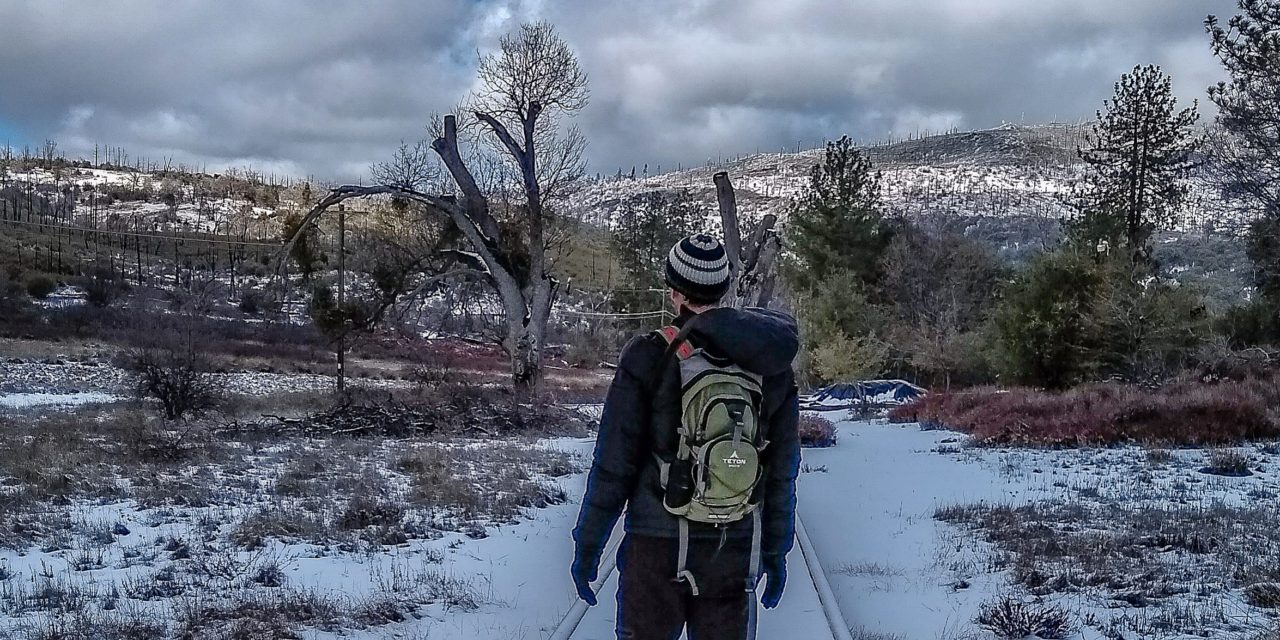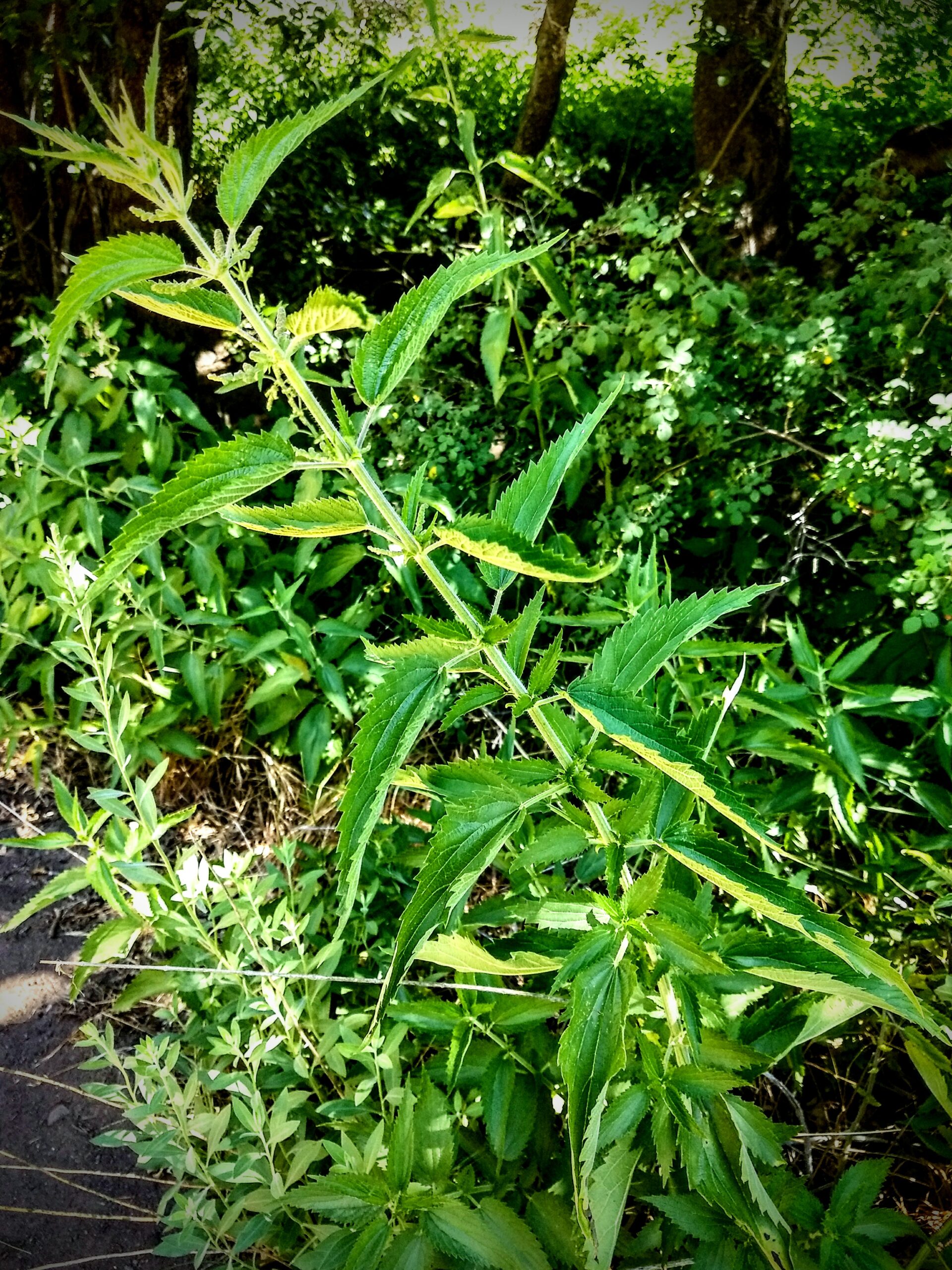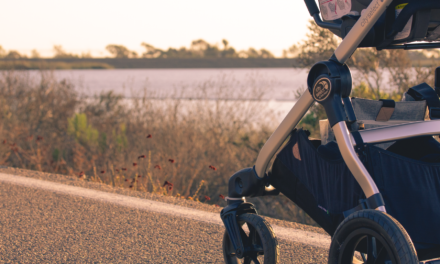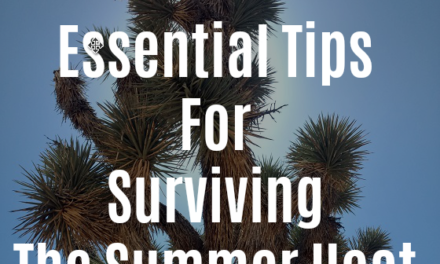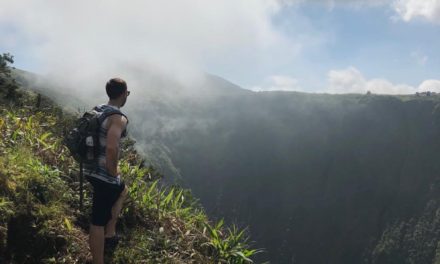Hiking can be a lot of fun but it also carries with it a set of risks. Hypothermia is one of them. Contrary to popular belief, temperatures don’t need to be frozen and it doesn’t need to be snowing for someone to get hypothermia. Wet weather and prolonged exposure to cool temperatures is enough to make someone drop their body temperature. This article focuses on seven practical tips that people can use to prevent hypothermia when hiking
What Hikers Can Do To Prevent Hypothermia
This is part two on a two part series that I’ve been writing up about hypothermia. Part two is focusing solely on steps that hikers and people can take to prevent hypothermia from occurring in the first place. Part one of this post included what hypothermia is, signs and symptoms of hypothermia, and what kind of treatments to expect. For more information in regards to those topics, please check out A Hiker’s Guide To Hypothermia. Before I continue, let’s do a little recap:
What Is Hypothermia?
Hypothermia is a core body temperature so low that the body begins to lose it’s ability for metabolism and natural process. If a body’s temperature gets so low, the body can lose its ability to rewarm and death can occur.
Most people probably think of hypothermia only happening in extreme cases where people are caught unexpectedly in poor conditions. But do know this, hypothermia can happen to anyone at anytime, anywhere. Which is why it’s important to do everything that you can to prevent hypothermia from occurring in the first place. Let’s continue.
1. Know The Signs and Symptoms Of Hypothermia
Being concerned with hypothermia is great, but it’s not going to do anyone any good if you can’t be aware of it. Hypothermia has many different signs and symptoms with shivering being the most obvious one that all people are aware of. Hypothermia can be broken down into three different stages: mild, moderate, and severe.
Mild Hypothermia: People will experience Increased breathing, increased heart rate, thick or slurred speech, difficulty with balance or decreased coordination with arms and legs, shivering, cold sweats, and impaired judgement.
Moderate Hypothermia: Breathing and heart rate will slow, and there will likely be decreased urine output as blood flow decreases to the kidneys. Confusion, alertness, and reflexes will also decrease. In this stage a person might also try to undress themselves thinking they’re hot, when they are in fact cold. During this time, shivering can stop without a person trying to do so. This is a very dangerous sign because it indicates that the body has lost its ability to try to warm itself up.
Severe Hypothermia: Decreased level of consciousness will now have progressed to being unresponsive or to near coma, The heart may develop life threatening abnormal rhythms, lungs can pool with fluid, urine output will stop, and blood pressure, breathing, and heart rate will slow. Eventually all organ functions will stop and the person will die.
Being aware of the signs and symptoms of hypothermia helps to prevent it from progressing in the first place if it happens to set in. If the mild stages of hypothermia aren’t addressed, a person could be at risk for further complications. For a more in-depth look on what happens to do the body during hypothermia, please check out part one of this series.
2. Know What Level Of Hiker You Are
I can’t stress how important it is to be aware of your own physical abilities and limitations. For example, don’t show up for a serious winter hike if you haven’t experienced any sort of mountaineering before. While it is true that at some point you have to take some level of risk to progress to a more experienced level, be smart about it. Attempting to do something beyond your level of expertise also puts others at risk who may need to save you if things go array.
3. Always Check The Weather
As a good rule of thumb, it’s always great to have some idea of what the weather is going to be like when heading out for a hike. Some locations require a more in depth awareness of weather conditions. For example, trails with a high range of elevation gain can have far different conditions at the peak than where the trailhead is. Mountains can create their own weather, have temperatures below freezing at the peak, and can be more prone to gusty winds. Understanding the weather can make a difference between a good hike or a bad hike and can also help to make a decision on how to prepare with the right gear. Which brings me to my next point.
4. Be Prepared With The Right Gear
In many instances, being aware of potential weather conditions will help to make the right decision on what kind of gear to bring. Also understand, temperatures don’t have to be freezing in order to get hypothermia. Cool and wet conditions can also put a person at risk for getting hypothermia if the right cothes aren’t worn. Proper planning can make a huge difference on the overall outcome of a hike.
Preparing with the right gear can mean many different things based on the conditions you’ll be hiking in. In general, bring clothing or equipment that will help to keep you dry if hiking in wet conditions. Don’t forget about your extremities like your feet, hands, or head. Wear socks that will help insulate your feet, wear gloves or use a warming pack like hot hands for your fingers, and keep your head from losing heat by wearing a winter hat.
5. Wear Layers To Minimize Sweating
With bringing along the right equipment also includes wearing layers. Wearing layers can help your body to adapt to exertion levels and different temperatures. This will keep your body from sweating. Sweat helps to cool your body down and can make your clothes wet. If temperatures get colder, the sweat will cool your body faster than it would otherwise. Layering helps to prevent this from happening.
6. Fuel Your Body
While external factors like clothing are important to think about, also consider about what goes into your body. In colder weather people are less likely to feel the need to drink water. Dehydration can tamper with the body’s ability to regulate it’s temperature. Electrolyte imbalances or lack of food can also hinder how well your body can control its temperature as well. So don’t forget to eat if you’re on a longer adventure and stay hydrated. Another perk of eating is that digestion can help to slightly raise your body’s internal temperature as a by product of metabolism.
Another thing that isn’t talked about that much are drugs and alcohol. Both can alter the way the body can regulate it’s own temperature. Having a celebratory drink at the top of a hike or while enjoying some nice views can be a lot of fun, but save the multiple drinks for the end of the trail.
7. Make Others Aware Of You Whereabouts
The best case scenario is to go hiking with another person. Ideally, this person would be able to come to your aid should something unfortunate happen. However, this isn’t always possible. In the event that you’re going to hike alone, always let someone know where where you’ll be hiking and your intended route.
Also, consider that many trails wind through places that get poor or no cell phone reception. For those trails, think about purchasing a Personal Beacon Locator (PBL’s). These devices work by sending out emergency signals to a satellite that can be relayed to first responders. These PBL’s are also capable of sending text messages of your GPS location via satellite. The investment in a personal beacon locator can be worthy investment should something unfortunate happen. If the price tag of a new one is too steep, look into used ones that are just as effective.
Hopefully these tips will help you to be prepared on how to prevent hypothermia from occurring in the first place. For a more in depth look on what happens to the body when hypothermia sets in or treatments of it, please check out my Hiker’s Guide To Hypothermia. Please share any tips you may have in the comments section below.
Sources:
- http://thesimplehiker.com/hikers-guide-hypothermia

